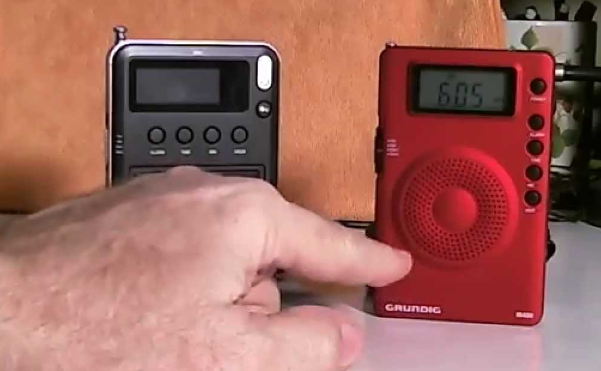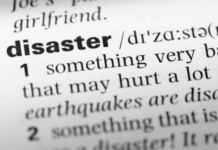For more than ninety years, scanners have been able to access the radio channels of the New York Police Department (NYPD). However, a recent update will soon prevent access for anyone other than the officers who are on duty.
The department maintains that the $500 million upgrade will increase system dependability and security. Opponents claim that the action will reduce openness and impede journalists’ access to important data.
This past summer, the department began using the new system, and certain frequencies have already been secured.
Within the next five years, the NYPD hopes to have all of its communications included. 38-year department veteran Chief Ruben Beltran asserted that the previous system was too simple to hack, providing a ready opportunity for jokers to block official channels.
The news hasn’t pleased New York journalists, many of whom have relied on police scanners to locate breaking stories or take prompt photos. Even more appalled are hobbyists who enjoy tracking police activity in real time.
The decision to stop communicating with the public was described as “chilling” by Albert Fox Cahn, the executive director of the Surveillance Technology Oversight Project in New York, and the New York City Council concurs. It understands how critical it is to preserve openness within its police department.
Mayor Eric Adams believes that the encryptions are not a problem. Early on in the project, he made a note that the department needed to make sure the “bad guys,” who also seem to enjoy listening in on the NYPD’s communications, could no longer use the airwaves to stay one step ahead of the police.




